Jim Chapman tells us why hunting rabbits in Texas is not without some pain
 credit: Archant
credit: Archant
I’m just wrapping up a week-long hunting road trip in Texas, which is a great hunting venue for airgunners. Along the way, I got in some very productive small-game hunting for jackrabbit and cottontail rabbits, as well as a couple of high volume pest control shoots for pigeons at a backcountry feedlot.
West Texas is a very arid region of the country, primarily scrub brush and cactus. There are a lot of rabbits inhabiting this terrain, and whilst the quarry is similar to that found in greener and wetter climes, the approach to hunting them might vary a bit. It’s been said that everything in the Texas brushland wants to sting, stab, or bite you, and there’s some truth to that folksy adage. There is cactus everywhere; from jumping Cholla cactus, to creeping vines of beehive cactus, to clumps of prickly pears. Don’t even get me started on the animals; ants that can leave welts, scorpions that can lay you low with cramps, and rattlesnakes that will at the very least send you to the hospital for a few days. I don’t mean to imply your life is at risk when you step into this desert-scape, but these all serve as incentives not to sit, kneel, or put your hands on the ground. I did a few times last week and am still pulling thorns out of my hands, my knees, my...well, you get the picture.
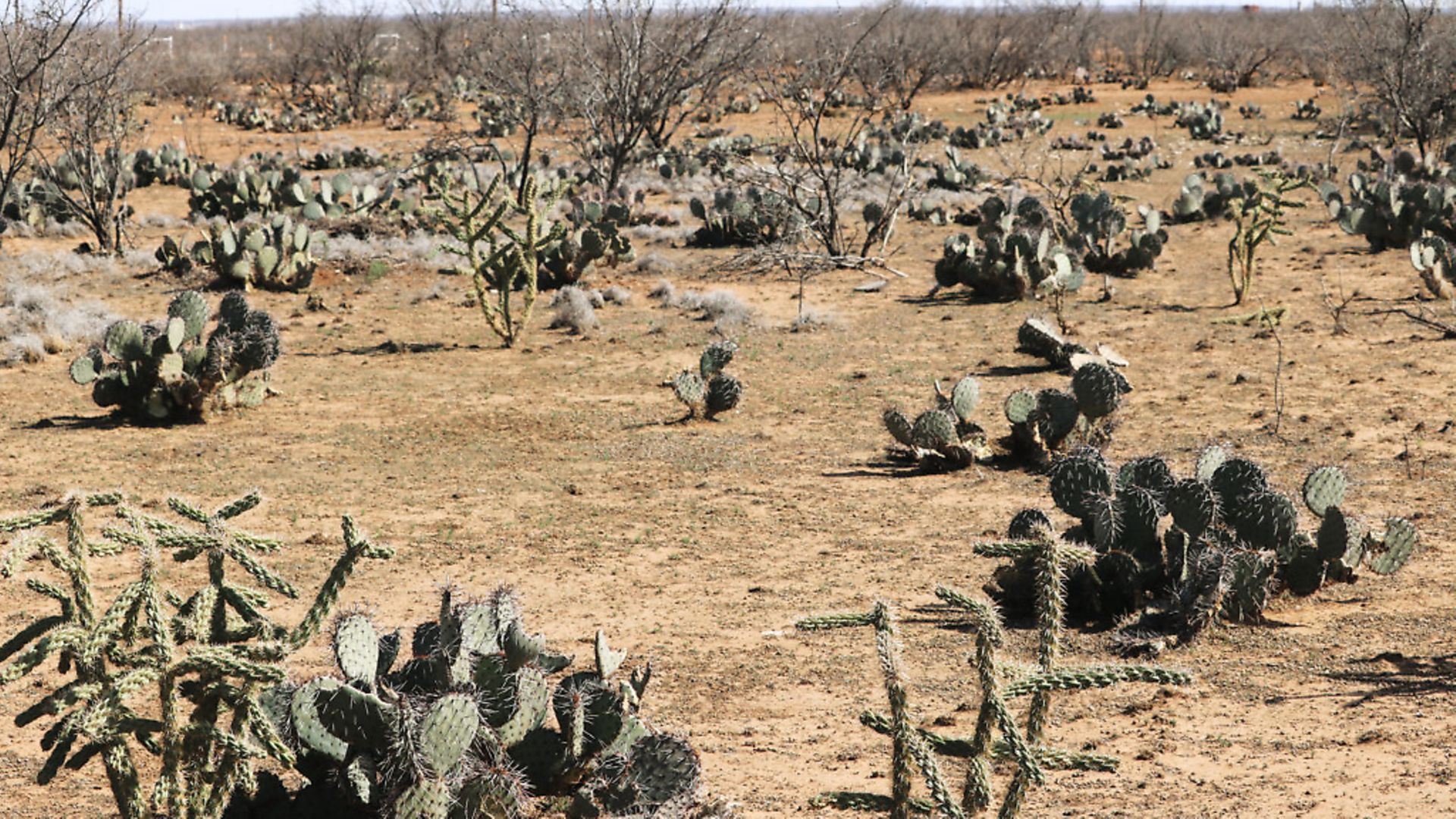 credit: Archant
credit: Archant
Pests in Texas
This landscape is home to both jackrabbit and cottontail rabbits, which are loosely equivalent to the British rabbit and hare. As I mentioned in past articles, rabbits are generally considered a small game animal in most of the states, and jackrabbits are classified as vermin. However, Texas is overrun with them and classify both as pest species, which means there are no limits and no seasons.
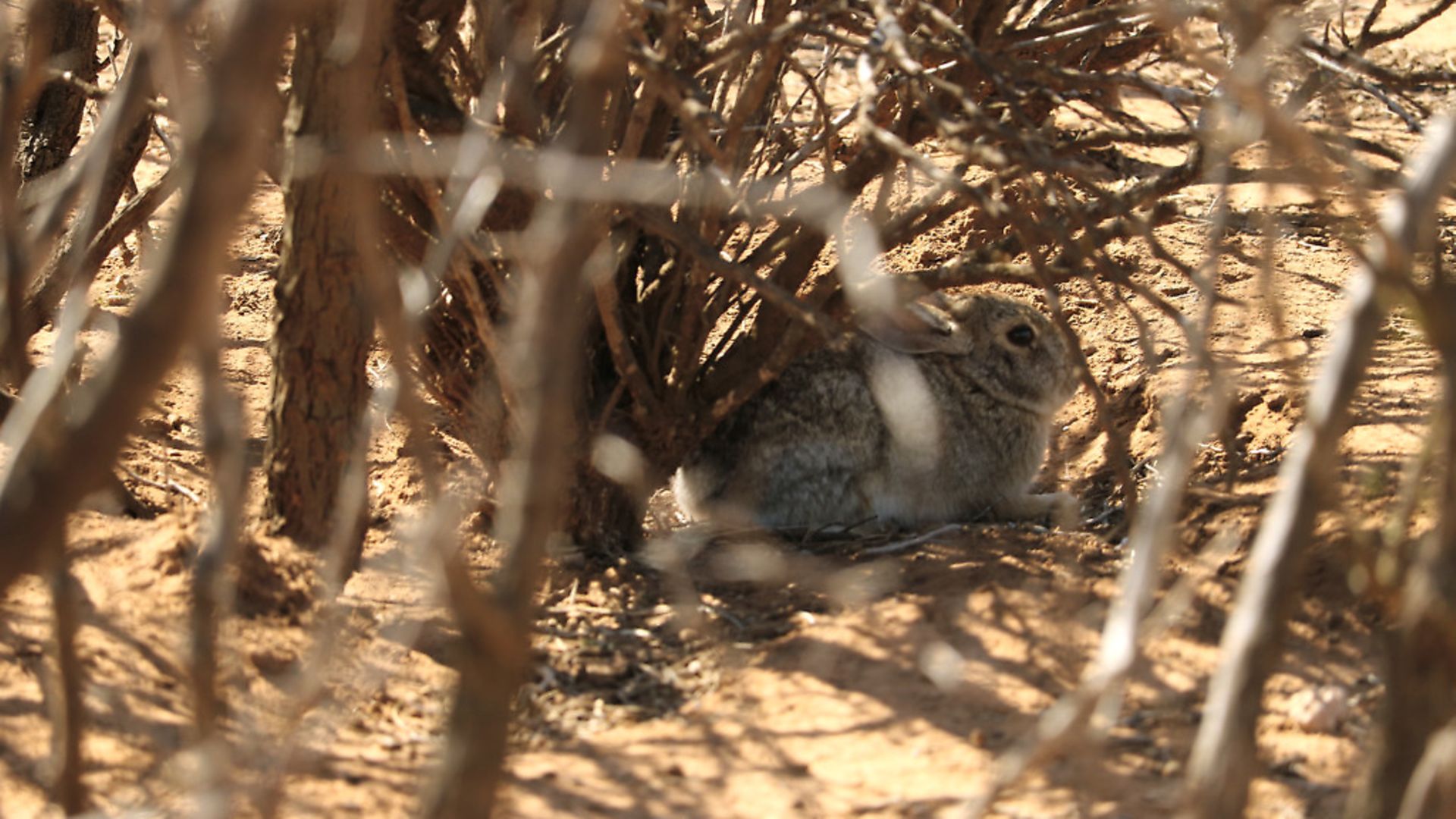 credit: Archant
credit: Archant
Both species tend to lie up in scrapes, depressions scraped out under clumps of cactus or brush, although cottontails will rarely hijack another animal’s burrow when trying to escape danger. Considering the possibility of running into a badger, fox, or rattlesnake when dropping down a strange hole, it’s understandable that evolution seems to have led them away from a subterranean life. Besides these threats, rabbits out here are on the menu for bobcats, mountain lion, hawks, owls, and eagles, although coyotes are probably their main predator.
Cottontail rabbits rely mostly on their camouflage, tucking in tight to brush or deep in tangles of paddle-shaped prickly pear cactus, they will hold tight allowing a hunter to step right over them without moving, then scurry away once danger has passed. They will run when pressed, often moving in a large circle whilst looking for new hiding places along the way.
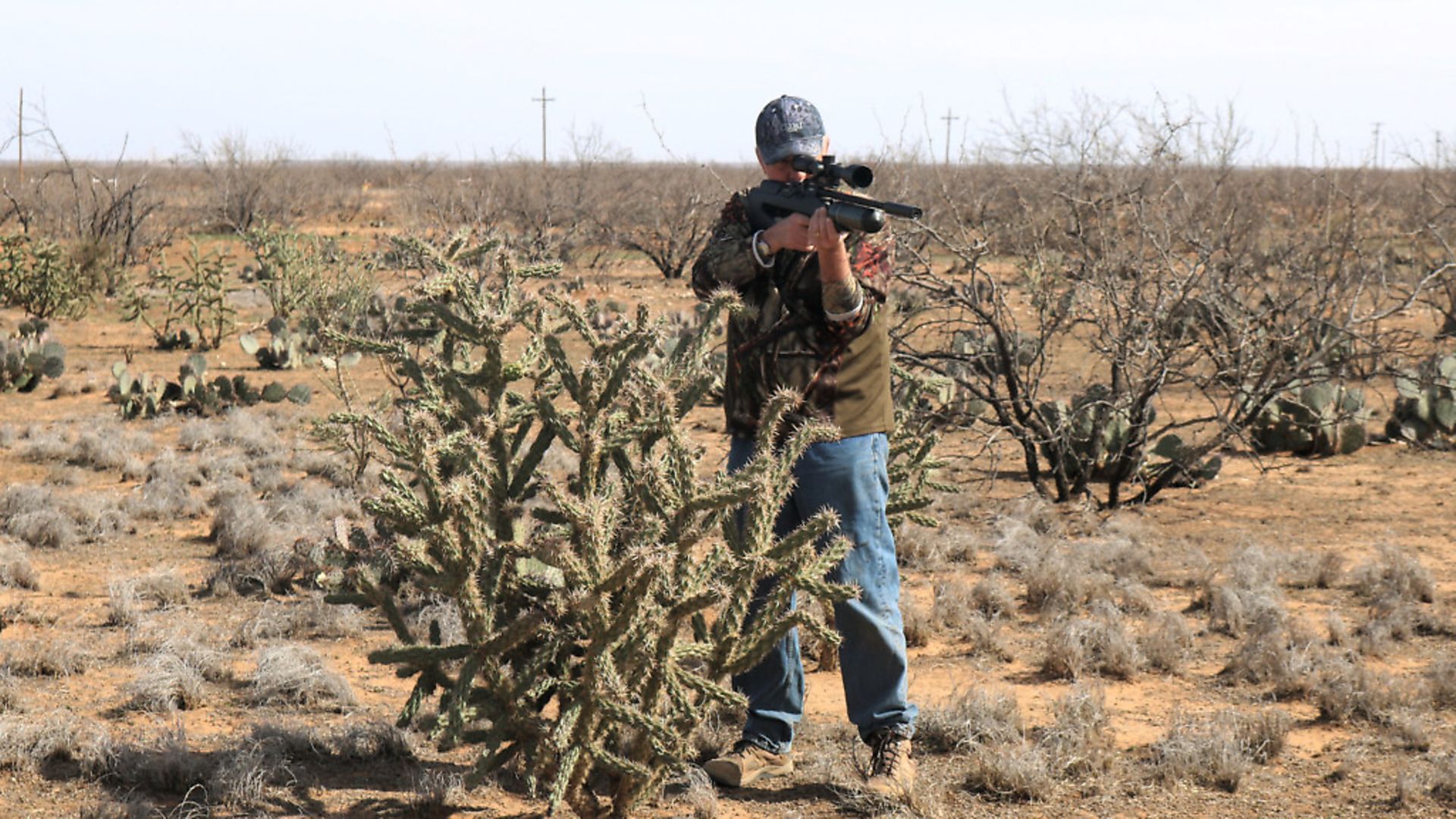 credit: Archant
credit: Archant
Know your quarry
Jackrabbits will often sit and watch the hunter approach through the brush. When their safety zone is breeched, they might bound away in long strides, or they might start a chess game in which they move around and behind the hunter, slowly walking and watching as they manoeuvre away from the source of danger. When they choose to bolt, they have a habit of stopping at a short distance for a look back before kicking it into high gear. It’s unfortunate for the rabbit, but an opportunity for the hunter!
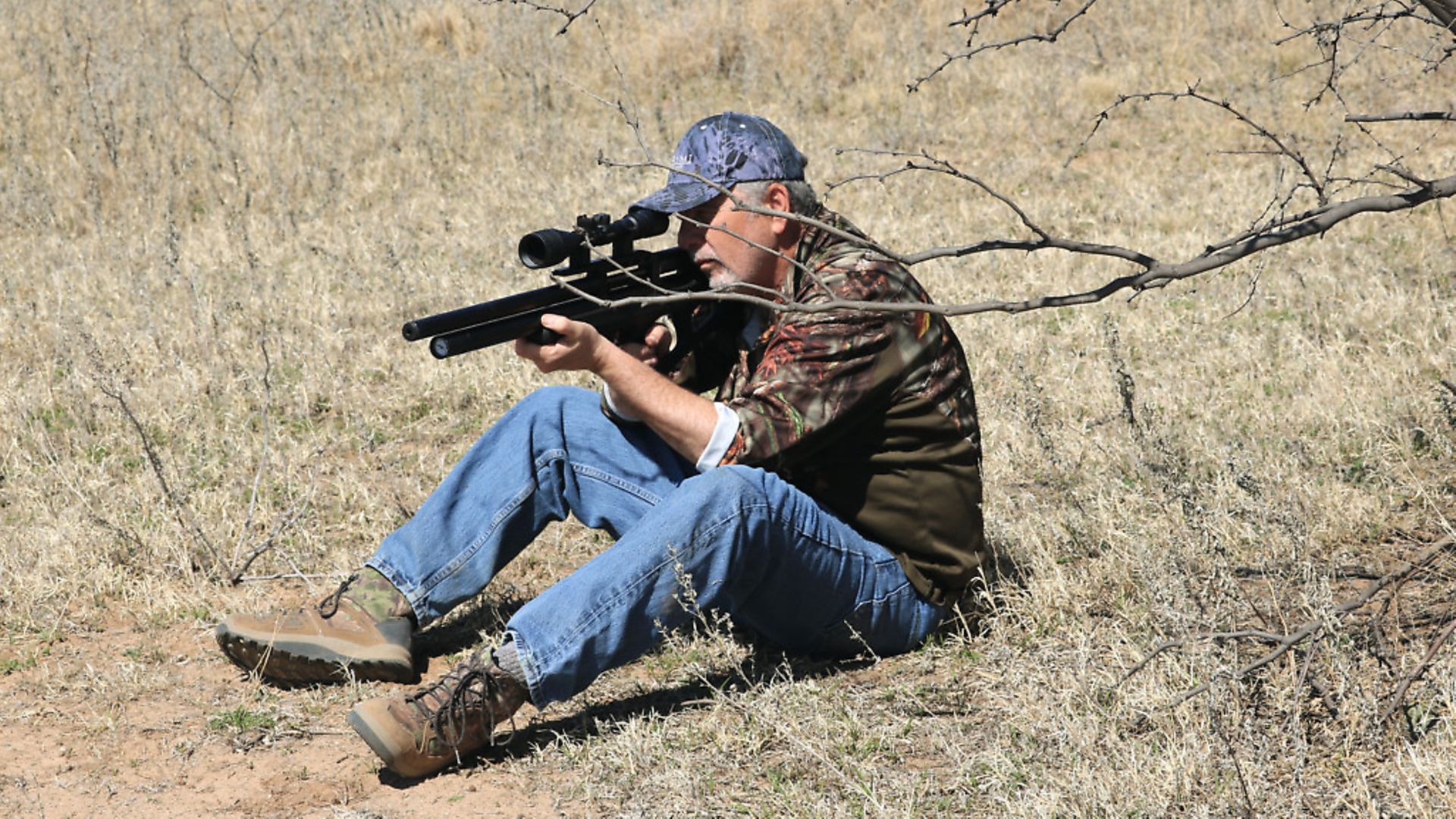 credit: Archant
credit: Archant
The most productive way to hunt these desert rabbits is still-hunting; slowly walking (with frequent stops along the way) whilst searching the base of brush and looking into the patches of cactus and desert grasses. Cottontails will tuck themselves in, while jacks will often sit with their ears held erect listening for danger. As a matter of fact, it can be hard to see a jackrabbit sitting 40 yards away watching you through the branches of mesquite, but if the sun is behind them their ears may take on an amber glow as the light passes through. The real challenge, and key to success, is spotting the rabbit before you push them. Cottontails might eventually circle back, but spook a jackrabbit and he’ll be a mile away before you know what happened.
I’d say that most of my shots at cottontails in this region take place between 8-40 yards. If they are holding tight, the main problem is not getting close, but rather finding a clear shooting lane. I’ll often step lightly on the periphery of the cover, not too aggressively or loudly, but enough that they start to think about sprinting off. When this happens, the rabbit will step to the offside of the bush or cactus in preparation of taking flight, and this may be the hunter’s only chance at a clean shot.
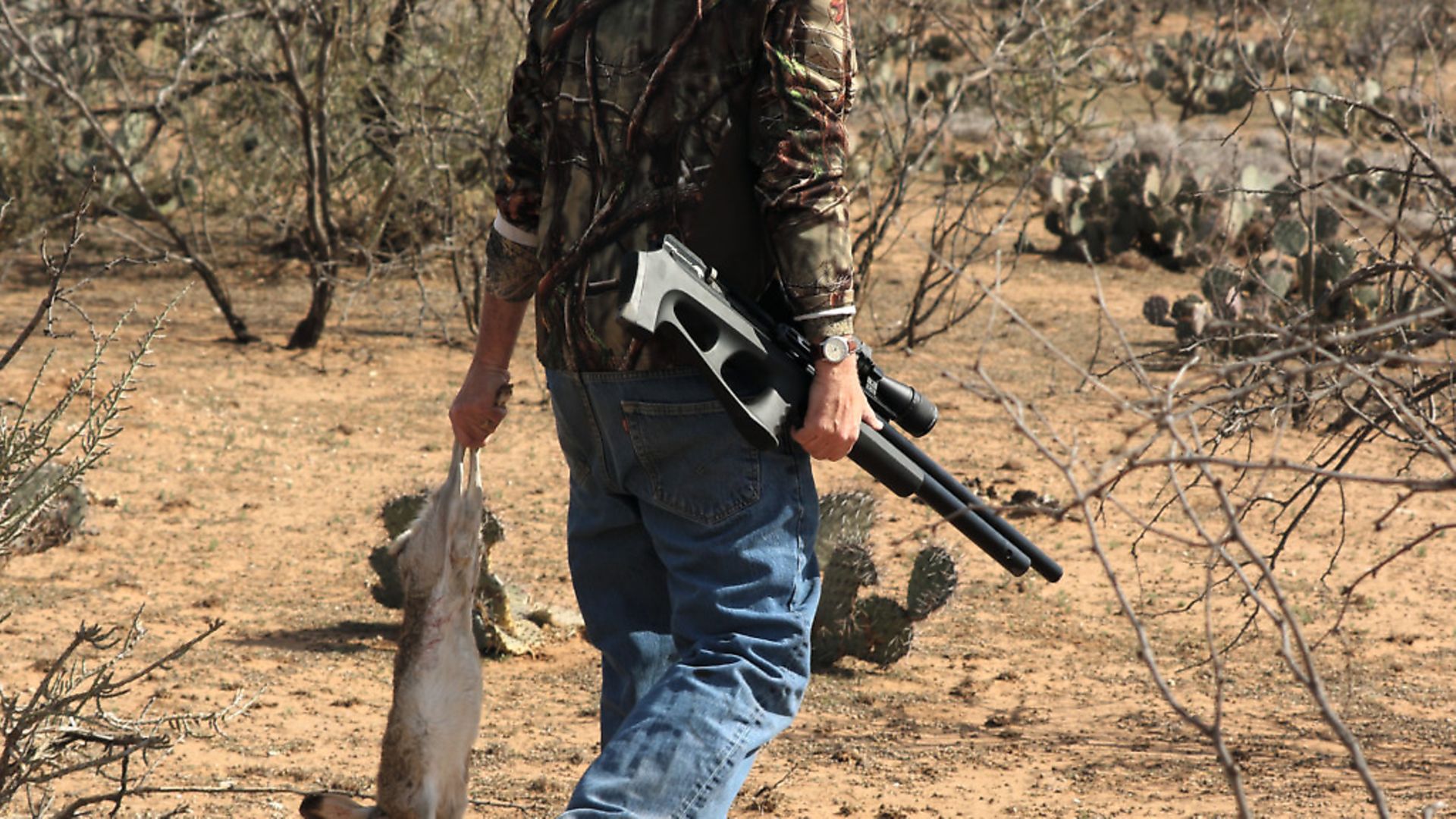 credit: Archant
credit: Archant
Jackrabbits tend to be taken with shots that are longer, in the 40-70-yard range. They might let you inside of 50 yards, but once spooked they usually stand and watch momentarily before taking off in rapid bounds. This brief hesitation is the best shot opportunity, but as mentioned earlier, jackrabbits will often run a short distance and pause to look back, and this is typically the last chance for a shot before they are gone for good.
Now, here is where I diverge from many (or maybe most) of my British hunting friends; I will take either a brain shot, or a heart/lung shot, depending on what’s offered. My reasons are multifold; we tend to use larger calibre and more powerful rifles, and that makes a difference. I believe a heart/lung shot is an effective placement using this equipment. I know some will argue that a brain shot is more humane, but I don’t think the difference between a one-second and a three-second termination of life is significant, and in the context of being eaten alive by a coyote or hawk, it is still a much more humane ending than most rabbits have awaiting them. Secondly, neither of these desert rabbits live in burrows, so if a rabbit bounds 20 yards before giving up the ghost, he can still be retrieved. My last reason is practicality; shooting in these conditions, you might not have an unobstructed headshot, and since shots must frequently be taken from a standing position either offhand or off-sticks – remember why you don’t want to sit or kneel – the slightly larger kill zone of the heart/lung area improves your successful kill rate.
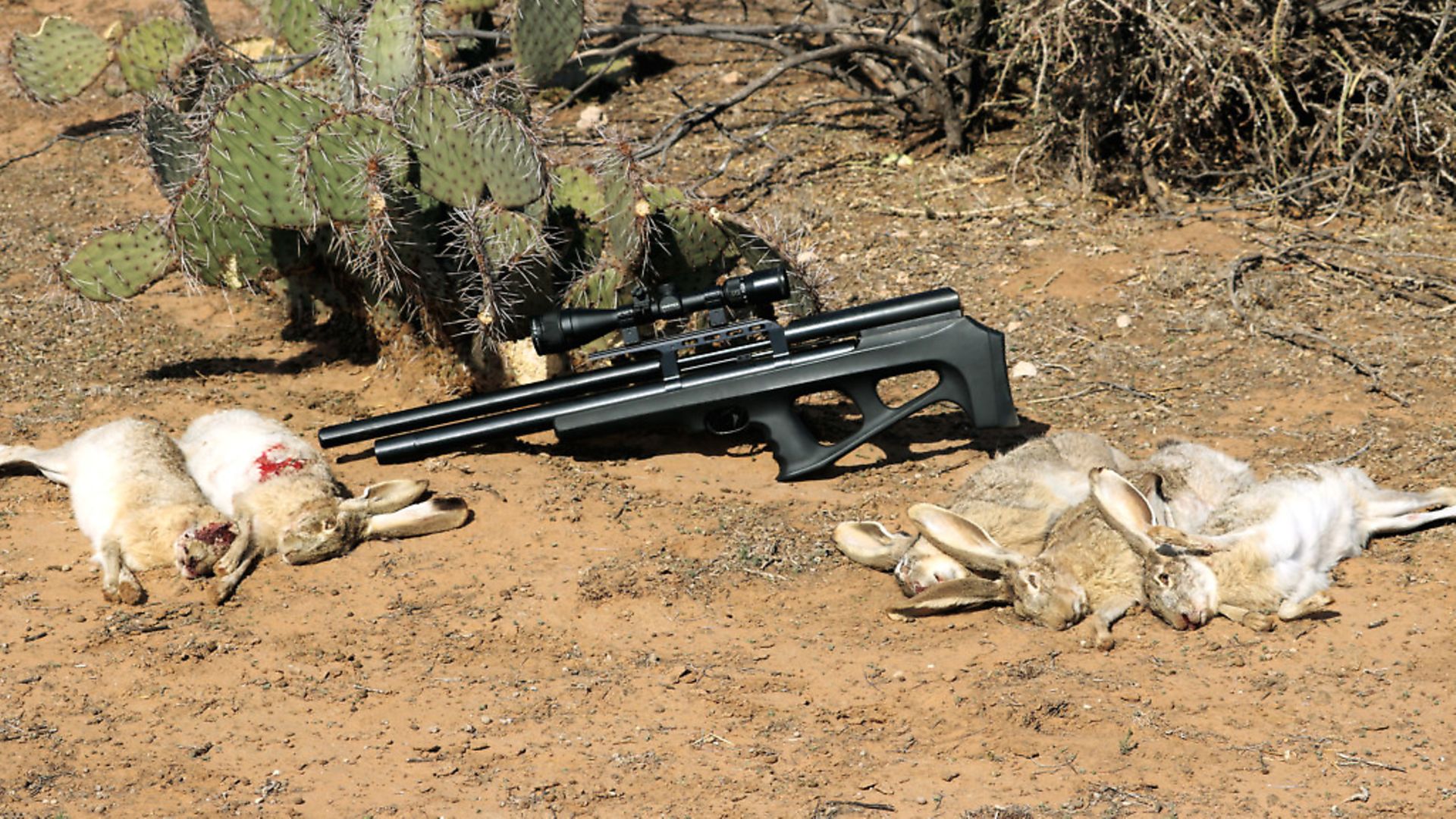 credit: Archant
credit: Archant
A different point of view
Just as an aside; after spending a lifetime of big-game hunting I have encountered very few professional hunters or game managers who prefer a headshot over a heart/lung shot, and as a matter of fact, many find headshots unethical. I don’t know why this got turned around as an ethical question by airgun hunters. From a practical point of view, a heart shot on a rabbit that can run a few yards and drop down a warren before expiring, should be avoided, but when this consideration is removed, I don’t believe there is a compelling argument against a heart/lung shot.
For this hunting application I prefer a .22 or .25 calibre rifle that is generating 25-50 ft.lbs., more power doesn’t bring much to the table and consumes air more rapidly. The scopes I use are generally 3-9x variables with mil-dots or aim points, and I sight my rifle at 50 yards noting the reticle references at 10-yard increments between 10-70 yards. For ammunition, I prefer heavy, round-nose Diablo pellets, finding that they are typically the most accurate and produce excellent terminal performance. I carry a daypack with rangefinder, binoculars, extra pellets, collapsible shooting sticks and water, and use them all regularly.
On the way home from this trip, I received a text message from a good friend who lives in West Texas, telling me that he’s locked in an exclusive hunting lease on 31,000 acres of land overflowing with hogs, predators, rabbits and quail. It appears that I’ll be getting in a lot more rabbit hunting this summer!
__________________________________________________
Hunting in America with an entry level PCP
Hunting: My move to shooting sticks
A Hyrax Hunt in South Africa